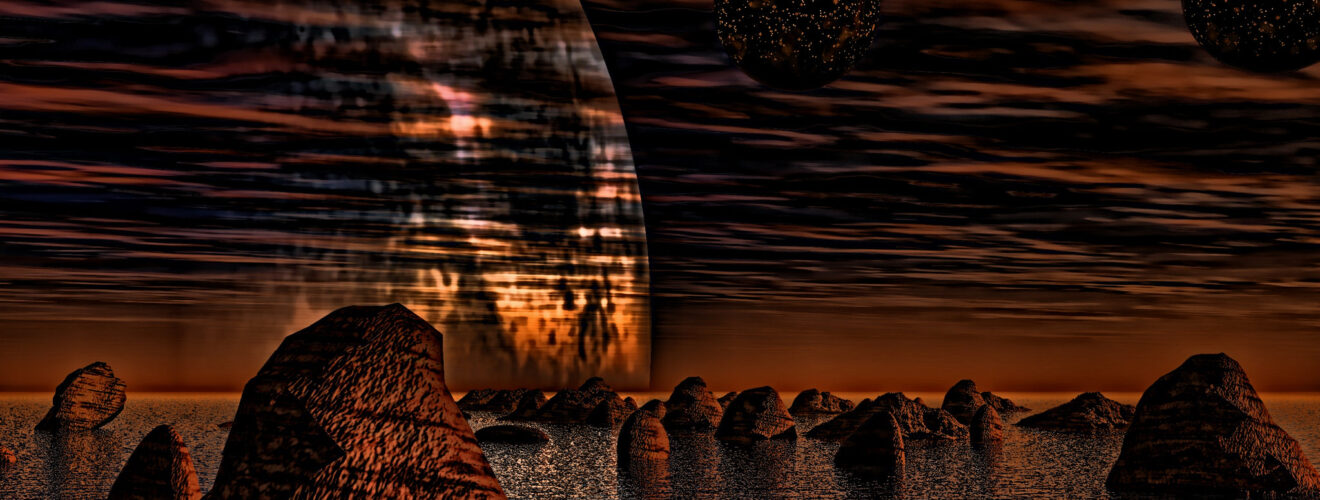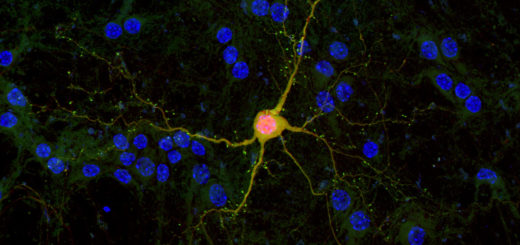TRAPPIST-1: Signs of Habitability

For many decades now, scientists have been exploring the seemingly-infinite Universe, and one question has constantly echoed through their minds: are we alone? To try and answer this query humanity has launched plenty of missions into space with the hope of finding extraterrestrial life. Meanwhile, theories about aliens, science-fiction movies, and books have been created – all taking advantage of the current lack of answers. However, recent developments have revealed planets which could be home to extraterrestrial life!
In 2011, the first observation of an incredibly faint dwarf star was made by TRAPPIST (TRAnsiting Planets and PlanetesImals Small Telescope). Located 39 light years away from us, the star is about the size of Jupiter and its age is estimated to be 7.6 ± 2.2 billion years old1. While this was an interesting observation, it was dwarfed by TRAPPIST’s 2017 announcement. Seven Earth-like planets were found to orbit this Jupiter-sized star, revealing the solar system called TRAPPIST-12. The planets –impossible to have been observed directly by our telescopes- were discovered through a process called ‘transiting’. Scientists observed dips in the light emitted from the star that was caused by the planets passing in front of it: this also illuminated the nature of their orbits. Furthermore, their mass was deduced by studying the influence of the planets’ gravity on one another.
This discovery becomes even more interesting, as three of these planets, named e, f and g, were found inside the fabled ‘Goldilocks (habitable) zone’. The habitable zone quantifies whether the properties of the star-planet system could support life. The planets’ mass and distance from TRAPPIST-1 indicate the possible existence of liquid water. Dwarf brown stars often drench their neighbourhoods with powerful UV radiation, which would render the presence of water on these planets impossible. Fortunately, Vincent Bourrier at the University of Geneva was tracing the UV radiation which originated from TRAPPIST-1; he noted that there is not enough UV light reaching the planets to cause the break up of water molecules3. The three habitable planets have also shown no indication of hydrogen present in their atmosphere; hydrogen is a greenhouse gas that would make the planet hostile to any form of life4.
The investigation the TRAPPIST-1 solar system has only just started. Scientists want to discover the temperature and complete chemical composition of the atmospheres of the seven planets: finding this information could fully reveal their habitability. A new survey hopes to inch towards that goal, called SPECULOOS5, and it will continue the work of TRAPPIST – i.e. looking for solar systems similar to the one recently discovered – but with greater precision.
One thing to be considered is that scientists are currently looking for signs of life as we, humans know and understand it. The premise of the habitable zone is that life on a planet requires the presence of liquid water; however, there may be a different form of life, which could thrive without it. Earth has the perfect conditions for carbon-based life to exist and evolve, is our existence a fluke or is there life still to be found in the Universe? Existentialism aside, the search for extraterrestrial life and its host planets continues. Could we set our traps on TRAPPIST-1 and catch the first glimpse of alien life there? Human curiosity will answer that.
Edited by Richard Murchie
References
- https://arxiv.org/abs/1706.02018
- http://www.trappist.one/
- https://www.newscientist.com/article/2146017-some-trappist-1-planets-may-have-the-right-conditions-for-water/
- https://exoplanets.nasa.gov/news/1481/new-clues-to-compositions-of-trappist-1-planets/
- http://www.speculoos.uliege.be/cms/c_3272698/en/speculoos-portail










